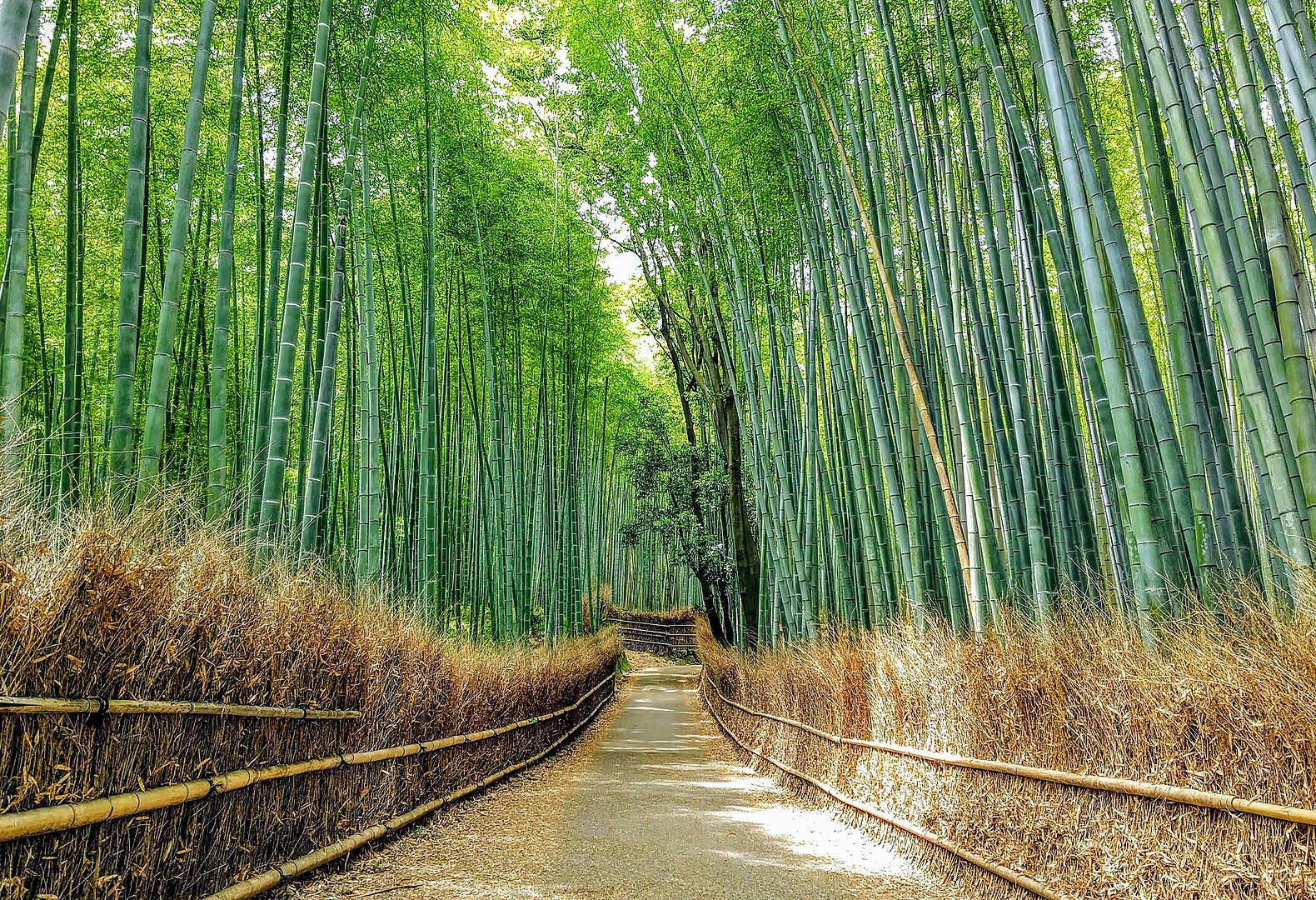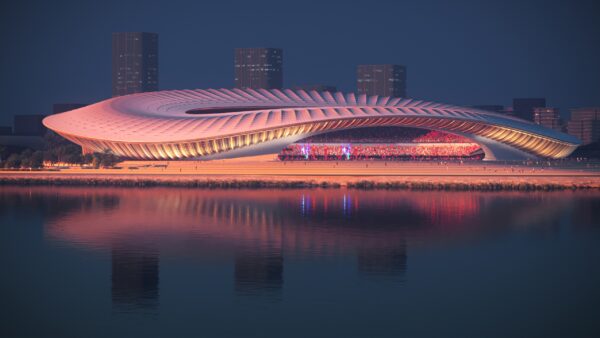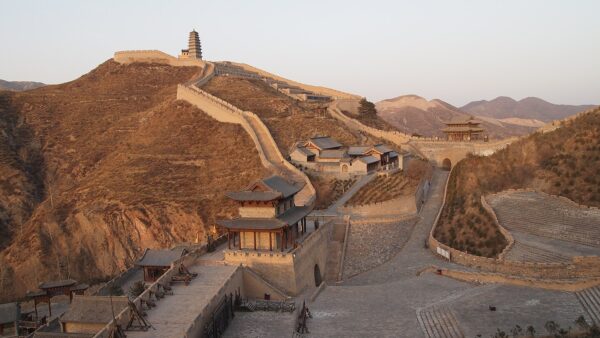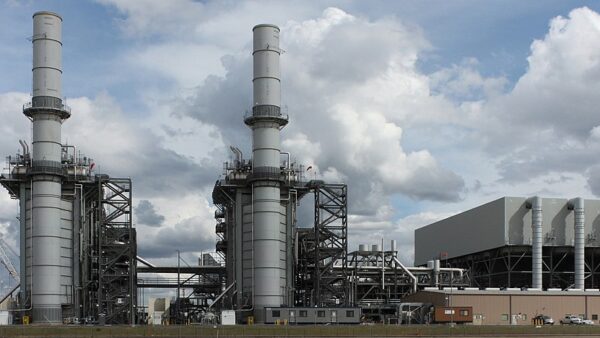
Built by Nature, a grant-awarding body backed by charitable foundations, has announced the winners of its inaugural competition to stimulate the use of biologically-based construction materials.
The winner of the €250,000 first prize was Widuz, a Singaporean firm that has developed a range of materials that use bamboo fibres and biobased adhesives.
Widuz says its “BVL” products have a 40% smaller carbon footprint compared with conventional materials.
It says its patented processing creates a material three times stronger than typical engineered timber, and 20% lighter.
Another advantage of using bamboo is that its rapid growth cycle of around four years makes it more renewable than timber.
Widuz also contributes to socio-economic development by using bamboo plantations and factories that employ fair compensation practices to ensure its supply chain upholds standards of social responsibility.
Among the materials used in other entries were seaweed, mushrooms, wool, hemp, sugarcane, coconuts, secondary timber, seashells and invasive water weeds.
Three will receive €50,000 each in funding. These are:
- KuNa – a bamboo and adobe programme in Nicaragua developed by a firm called Casa Congo. This provides affordable, sustainable housing for emerging economies.
- Elementerre, based in Senegal. This uses clay and bullrushes to make load-bearing bricks and insulating boards.
- University College London’s Sugarcrete, which is made from upcycled sugarcane waste.
Built by Nature has also allocated an additional €100,000 for a support programme of mentoring and networking for all winners and selected finalists.
The organisation’s chief executive Paul King said: “When we launched the prize, we had no idea what we might find, but were delighted when we received almost 300 submissions from around the world, with half coming from Africa, Asia and the Americas.
“This demonstrates that we have more to learn and share, to turn brilliant ideas and innovations into mainstream low-carbon construction solutions – another step towards a built environment that works in unison with nature.”
- Subscribe here to get stories about construction around the world in your inbox three times a week.
Further reading:










